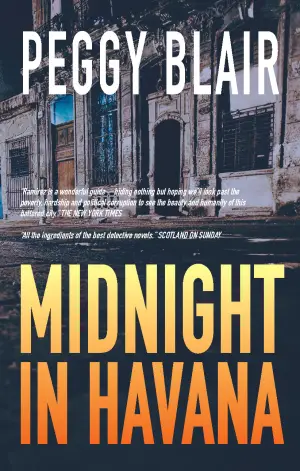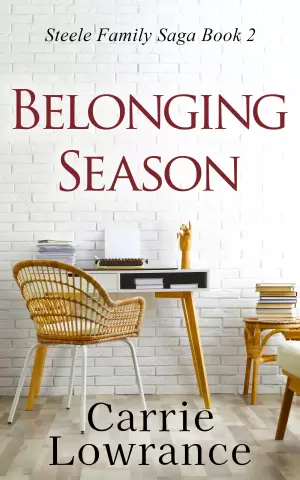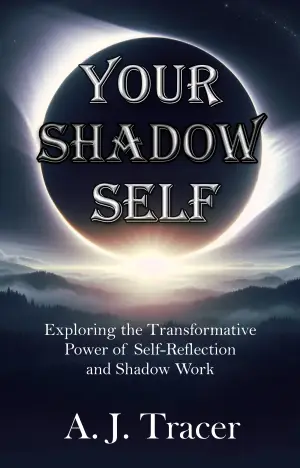A Journey Through Time and Heart: My Thoughts on His Mortal Demise by Amanda B.
The moment I cracked open His Mortal Demise (The Last Bloodcarver, #2), I felt a familiar tug at my heartstrings. Amanda B. has a talent for weaving poignant healing narratives, and having loved the first installment, I was eager to dive into this continuation of Kochin and Nhika’s perilous journey. Just the opening lines—a literally deadpan introduction (Kochin sailing with Nhika’s body, as if there’s nothing to see here)—set a compelling tone that had me absolutely captivated.
The book unfolds across two timelines: the immediate aftermath of Nhika’s tragic passing and six months later, following her bewildering return to life. This structure brilliantly crafts a dual perspective. I found myself entirely absorbed in both timelines, racing through the pages as mysteries unraveled. Watching Kochin grapple with his grief, and Nhika attempting to navigate a war-torn world she doesn’t understand, felt deeply enriching. Their emotional turmoil resonated with me, especially as I pondered how loss and love intertwine in our lives.
One aspect I adored was the exploration of healing—a central theme echoed throughout the story. The quote from Nhika’s grandmother—“It’s your history, too. Don’t you care to preserve it?”—lingers in my mind. It beautifully highlights not just a cultural narrative but the fundamental human connection to our past. This emphasis adds layers to the conflict as we see characters wrestling with both personal demons and societal histories.
The pacing, aided by the dual timeline format, kept me alight with anticipation. There were moments I’d gasp aloud, turning pages late into the night, eager to uncover how Kochin would manage to bring Nhika back. While I appreciated the suspense, I did wish for more clarity around the world-building. I found myself struggling to grasp the technological advancements alongside the ancient traditions. How does one reconcile Iron Man-style robots with a seemingly archaic society? It made the backdrop feel partially unfinished, like a canvas left half-painted, which lessened my immersion at times.
On the character front, Kochin and Nhika felt more developed than in the first book. Their relationship—marked by painful love and tragic misunderstandings—had a depth that tugged at my heart. Yet, I still wished for more moments shared with their supporting cast, especially the light-hearted banter between Nhika and her sibling Trin. Moments of levity could have further enriched their narrative.
Then there’s Lanalay. Initially, she appeared almost as an ethereal presence rather than a character in her own right. Yet upon reflection, I came to see her as a symbol of Yarong—a collective representation of those fighting against oppression, a message that resonates powerfully.
Overall, His Mortal Demise stands as a worthy conclusion to this duology—offering deep emotional engagement, but leaving me wistful for additional layers in its world-building. My internal conflict mirrored the book’s themes: the desire to preserve and learn from the past while moving into an uncertain future.
This book will likely resonate with readers who enjoy intricate emotional landscapes filled with magical realism and a touch of thrilling suspense. If you appreciate stories that explore love against the backdrop of loss and resilience, I’d recommend diving into the universe Amanda B. has created.
In finishing His Mortal Demise, I was reminded of the beautiful messiness of human connections, the importance of healing, and, perhaps most importantly, that even in death, stories—and the emotions they evoke—continue to breathe.
Discover more about His Mortal Demise (The Last Bloodcarver, #2) on GoodReads >>












